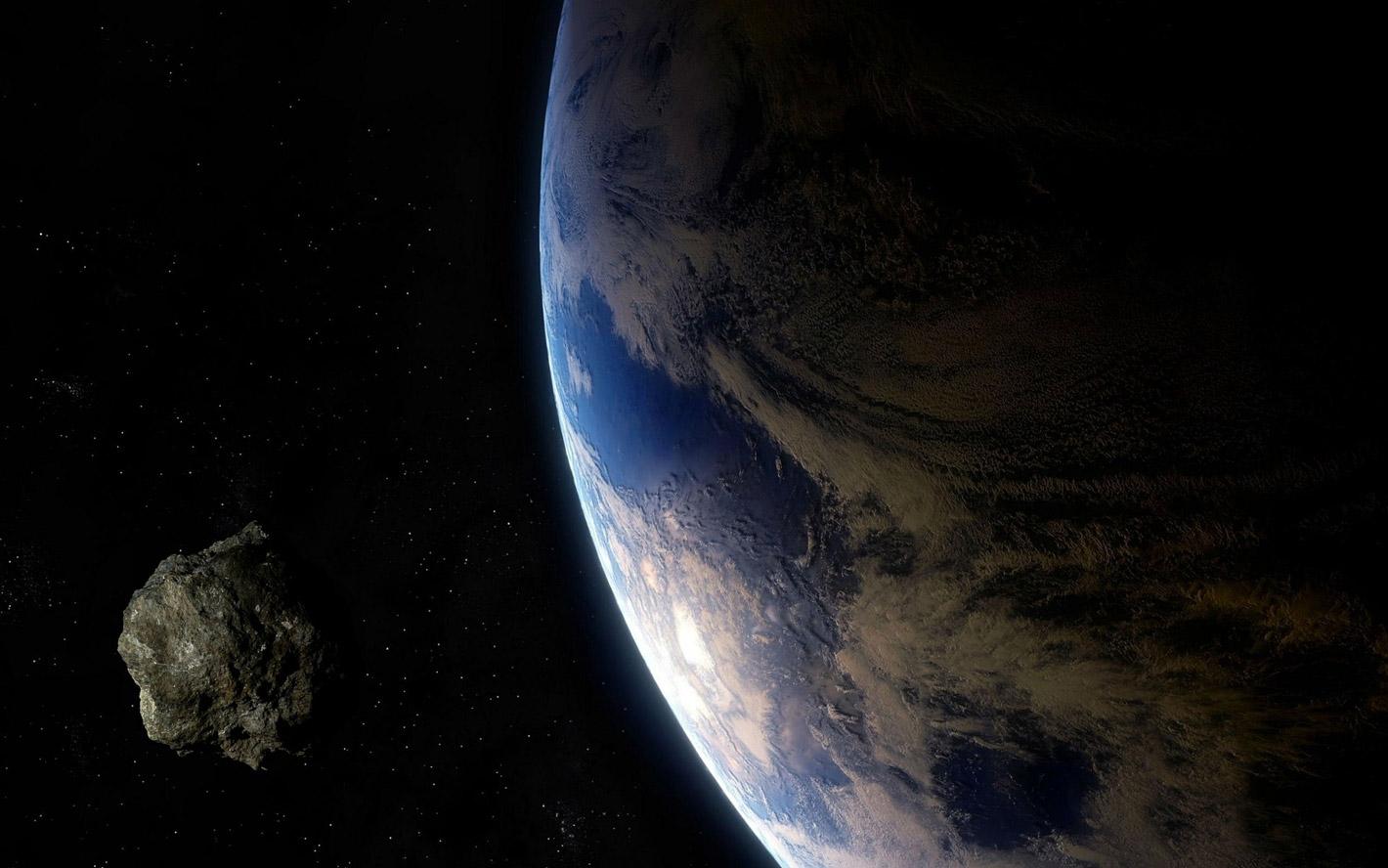
In the fourth week of July 2019, three small asteroids made flybys of Earth. 2019 OD passed just within one lunar distance, the average distance from Earth to the Moon, on July 24. A bit later, on July 24, 2019 OE made its own closest approach 2.5 lunar distances away. And on July 25, 2019 OK passed 0.19 lunar distances away - a little more than twice as far out as the many satellites in geosynchronous orbit. None of these asteroids has any chance of impacting Earth in the foreseeable future. However, these were the closest flybys of Earth each will make for more than a century (you can review the full list of known asteroid flybys here: https://cneos.jpl.nasa.gov/ca/ ).
Asteroid astronomers around the world, including me, rushed to observe these asteroids while they were still close to Earth and relatively easy to study. Three close asteroid flybys in one week also attracted some media attention. Even though having three close flybys at once may be unusual, it isn’t unexpected.
One lunar distance is minimal on the scale of the Solar System, but it is quite large compared to the size of the Earth. An asteroid 30 meters across or more only impacts Earth once every couple of hundred years - the most recent was the Tunguska impact in 1908. But there are about 15 asteroid flybys of Earth within one lunar distance by such objects every year; randomly and approximately uniformly distributed.
So, in any given year, we can expect one or two weeks out of fifty-two where we have two flybys within one lunar distance - like those by 2019 OD and 2019 OK - simply by chance. The probability calculation here is the same as for the “birthday problem” commonly described in statistics classes: https://en.wikipedia.org/wiki/Birthday_problem . And at any time there will be asteroids making flybys further out, like 2019 OE.
Multiple asteroids have randomly happened to come very close to Earth at very nearly the same time before. To take one example: On 2013 February 15, the 17-20 m Chelyabinsk meteor impacted the atmosphere above the city of Chelyabinsk, injuring nearly 1,500 people. At the same time, asteroid 367943 Duende, which is ~30 m across, was coincidentally passing by Earth. We could tell that Duende was unrelated to the Chelyabinsk impactor because it was on a very different orbit. Similarly; the orbits of 2019 OD, 2019 OE, and 2019 OK are all very different from one another. It’s a coincidence that they just happen to come near to Earth’s orbit within a few million kilometers of one another.
Current asteroid surveys have been designed to find all near-Earth asteroids larger than 100-140 m in diameter and to find most future Chelyabinsk-like impactors with a few days to weeks of notice before an impact. As these surveys continue, you can expect there to keep being frequent short-notice reports of close flybys by small asteroids. Sometimes there will happen to be more than one at once. And only rarely will these objects pose any impact hazard.





